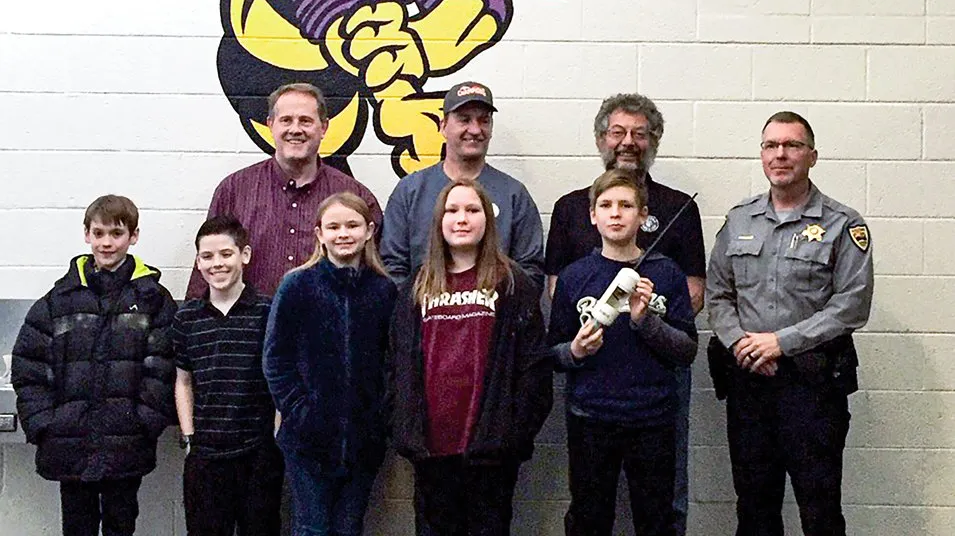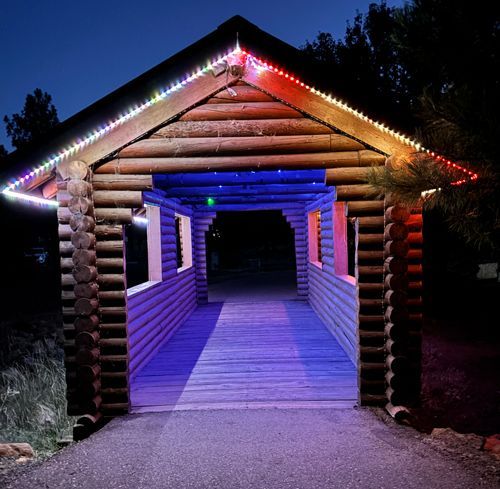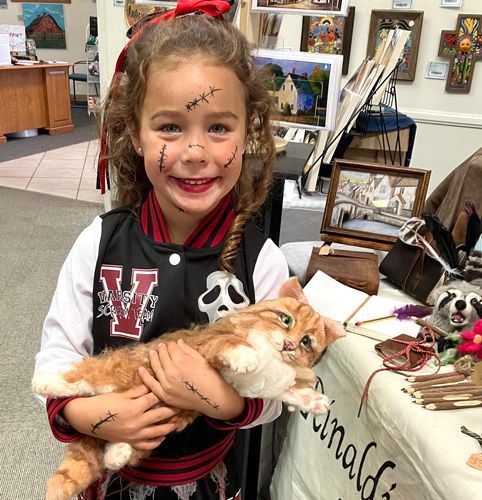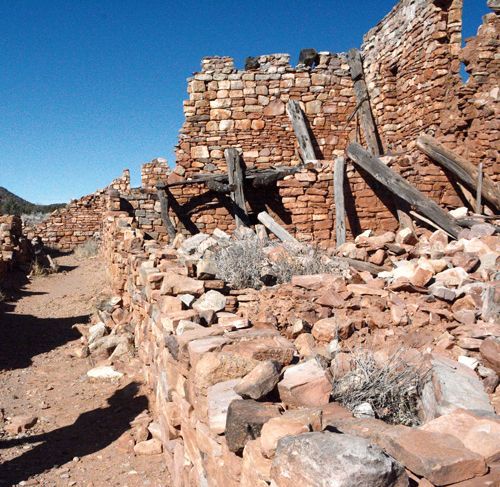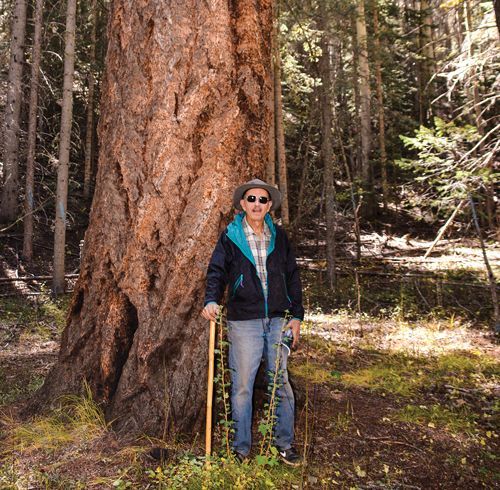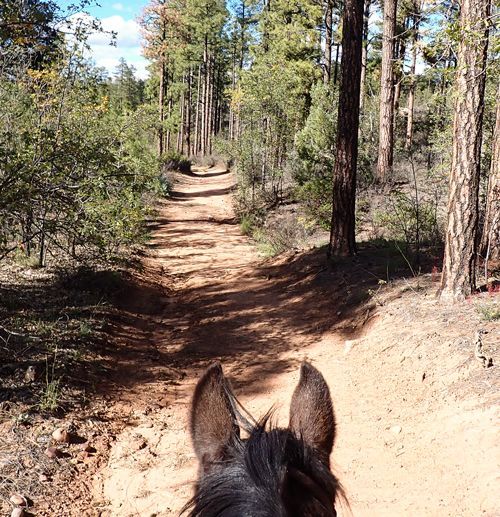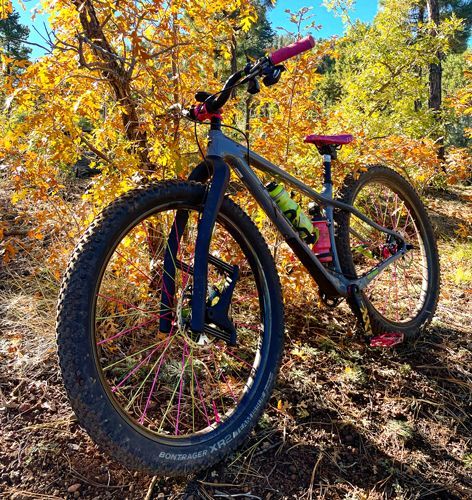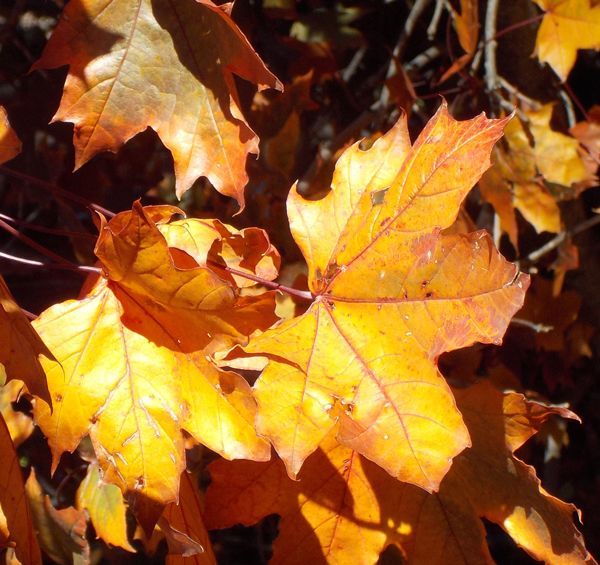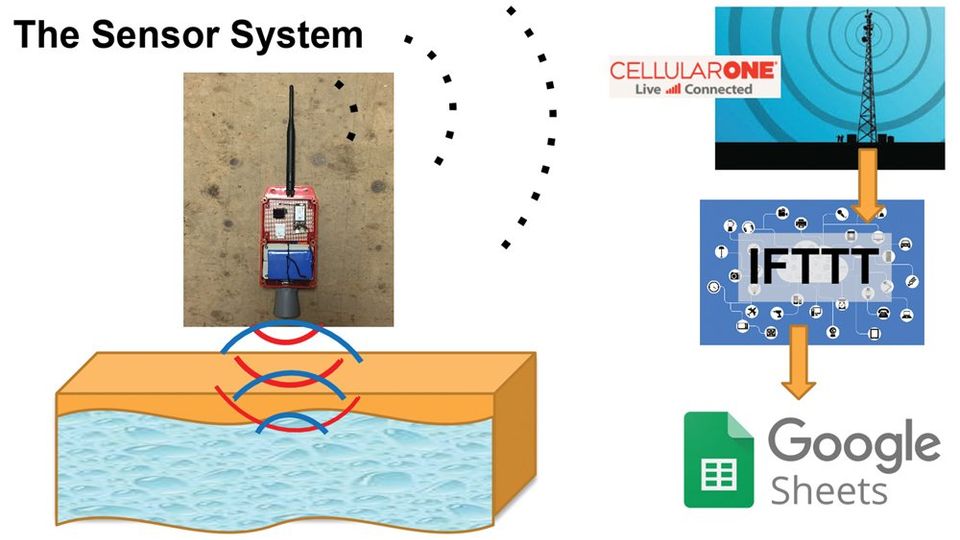
It’s not just professional geologists and wildlife biologists looking into local topographical mysteries and making sure our area wildlife have enough water to survive. Snowflake and Blue Ridge Junior High students recently entered the Samsung Solve for Tomorrow contest that challenged them to use STEM (Science, Technology, Engineering and Math) to explore and inspire change in their communities.
,
Snowflake Junior High students have built a remote-control, all-terrain rover that can safely explore the deeply incised fissures near their town and collect data to help interpret their formation. Their tethered rover doesn’t have to worry about running out of batteries and could even be used for search and rescue in tight spaces.
Blue Ridge students are building water level sensors that will measure the amount of water in the storage tanks of wildlife “drinkers” or catchments, used to collect and store rainwater. The sensors transmit this information over the mobile cellular network to the phones and computers of wildlife managers. Unfortunately, it hasn’t been raining enough lately to keep some of these wildlife water sources from going dry so these sensors tell wildlife managers which storage tanks need water desperately hauled to them.
The Blue Ridge water catchment sensor project is truly a community sponsored project. The White Mountain Chapter of the Arizona Elk Society generously provided over $10,000 in grants to get the project off the ground and deploy the first dozen sensors last summer. Cellular One of Northeastern Arizona donated the SIM cards needed to activate the microprocessors’ modems, ACE Hardware of Pinetop contributed PVC for the enclosures and White Mountain Communications provided cables, antennas and technical advice.
Blue Ridge students are 4-H members and take advantage of the University of Arizona Extension / Blue Ridge School District FAB LAB with 3-D printers, soldering stations, automated machining, laser etching and laptops for coding. Ryan Flaherty, Blue Ridge High School senior, is the student advisor for the project and designed the first printed circuit board for the sensor. By making a custom circuit board just for this project, it will be much easier and quicker to assemble the final product by just plugging in the microprocessor, thermo/hygrometer, ultrasonic range-finder and switch.
The next generation of catchment sensors will also include a rain gauge to gather detailed information on rainfall at each catchment location. This is needed for students to evaluate micro-weather phenomena like the numerous -- but small and sometimes isolated -- thunderstorms we experience during the monsoon season. Since these catchments are scattered throughout the White Mountains, some will get filled by a storm when a nearby one will get missed.
Wildlife can use some of these catchments much more than others, depending on their location next to other necessary habitat like feeding and resting areas. And some catchments have been watering wildlife for more than a few decades so they don’t catch or store as much rain as some of the newer, larger replacements. Because of all of these variables, it becomes more of an art than a science to try and predict when each catchment might go dry without rain.
To make sure none go dry, wildlife managers and volunteers must drive out to each catchment and check them manually. After a couple days of checking, they will know which catchments need how much water which then can be scheduled for more efficient water hauling if rain is not imminent. Students will also compare the amount of rain measured by the attached rain gauge to the amount captured and stored by the catchment to determine which catchments leak and need repair.
These wildlife catchment water level sensors will eliminate the need for much of the manual level checking trips since they can do that remotely and telephone the data to a website where it is eventually relayed to a Google Sheets spreadsheet or a text message. Wildlife managers will still be patrolling the areas but the volunteers -- many of them Arizona Elk Society volunteers -- can be shifted from just checking the levels to actually hauling water if needed to maintain the minimum levels. In practice, the sensors can almost double the value of the volunteer efforts and cut in half the carbon footprint of maintaining water for wildlife.
The 10th Annual $3 Million Samsung Solve for Tomorrow Contest was created to encourage innovation among young students while addressing the technology skills gap in classrooms across the country. Since its inception in 2010, the Samsung Solve for Tomorrow Contest has awarded $15 million in Samsung technology and classroom materials to more than 2,200 public schools in the United States.
Ann Woo, Samsung Senior Director, recently said, “For the past few months, hundreds of students from every corner of the country have been building prototypes, apps, machines and more to address some of the most pressing challenges in their local communities. Tackling issues ranging from sustainability to climate change, the 20 classrooms selected as National Finalists in this year’s contest are shining a light on topics of national importance from the perspective of students who face them at the community level on a daily basis. In celebration of the 10th anniversary, Samsung increased the prize pool by $1 million.”
The Blue Ridge Junior High wildlife water sensor project was just recently selected as one of these 20 National Finalists and will receive $50,000 in Samsung technology and classroom supplies. The school also earned a trip for their teacher, Kevin Woolridge, and three students to New York City to pitch their project to a panel of judges, competing to be one of five National Grand Prize Winners. These five schools will receive $100,000 in technology and classroom supplies for their school along with a trip to Washington, D.C. to present their projects to members of Congress.
The general public will also elect one Community Choice Winner from the pool of National Finalists to receive an additional $10,000 in Samsung technology for their school. Anyone throughout the country can vote online for the Blue Ridge Junior High School project. To participate, simply view the videos on the Samsung Solve for Tomorrow website and cast your vote. Voting is permitted once a day until 11:59 p.m. EST on Monday, March 30, 2020.
Since the Blue Ridge FAB LAB is open for community use, everybody could benefit from additional state-of-the-art technology and equipment.
The Snowflake Junior High rover project was previously awarded as one of 100 State Finalists and won $15,000 in technology equipment and school supplies from Samsung.
The latest generation of youth are probably best known for their attraction to video games, social media apps and other smartphone distractions. However, local STEM programs (which should stand for Science, Technology, ECOLOGY and Math) can help focus these energies and interests to deal with local community issues. Wildlife management and other natural resource issues need to take advantage of emerging technology which will require young techno-savvy biologists -- like the ones involved with the Snowflake and Blue Ridge STEM projects. These students are preparing themselves for life after Junior High by learning problem solving, team building and networking with professionals and they may not even realize it.

